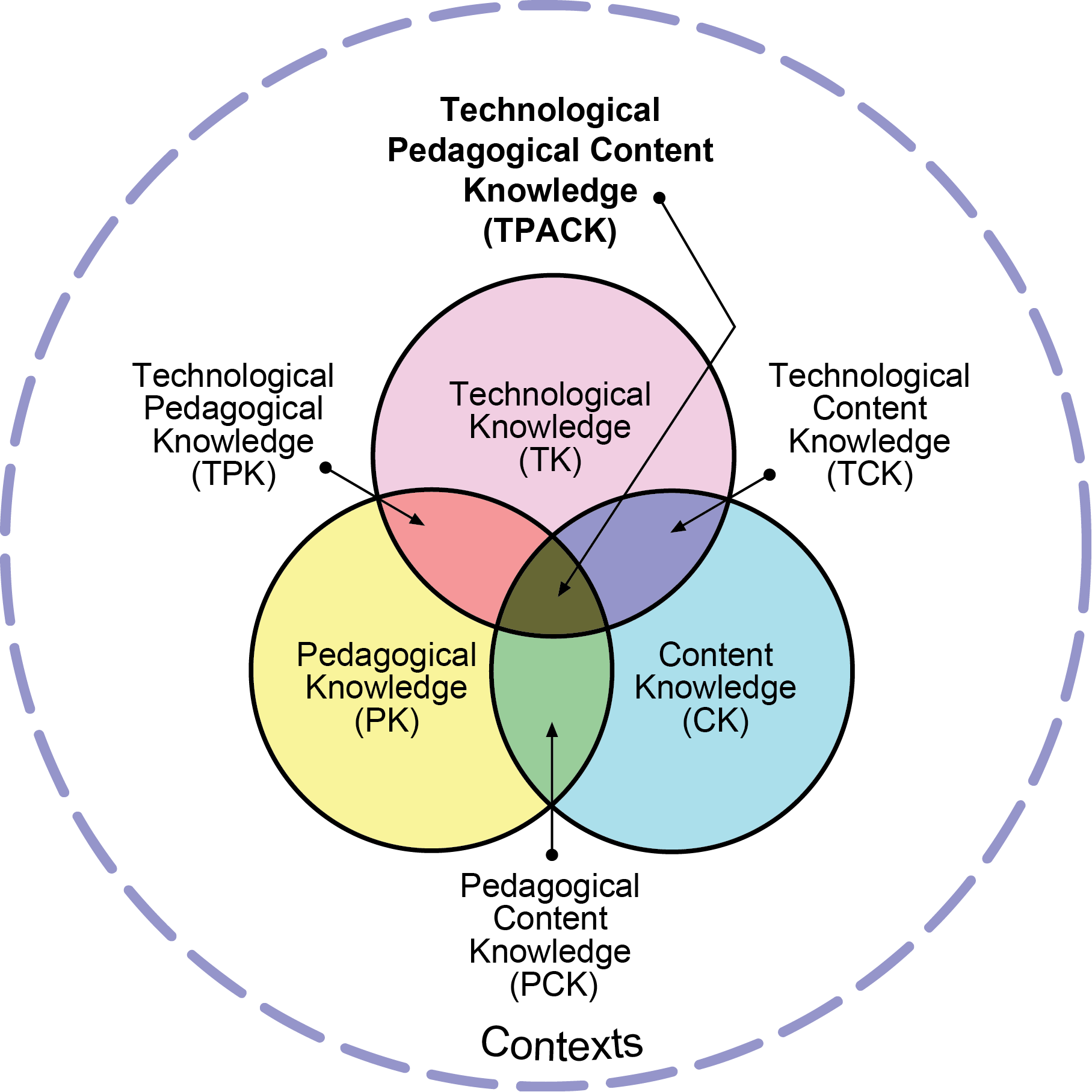Vygotskian Website (UBC – ETEC 512)
The Vygotskian.com website was produced as part of a group assignment for the ETEC 512 Conference on Learning. The objective was to help us and our classmates learn more about one of the theories we were studying, as well as to explore the limits and constraints of applying educational theories to online educational settings.
The website aims to present the work of theorist Lev Vygotsky in terms of its relevance to online learning. In this context, we present three sets of teaching materials (Case Studies) which incorporate Vygotskian elements. The first two are reflection-driven analyses of preexisting instructional videos; the third case study is a tutorial that directly applies Vygotsky’s concepts of the More Knowledgeable Other (MKO) and Zone of Proximal Development (ZPD).
While I did contribute to our summary of Vygotsky’s theories, I focused most of my attention on the design of the third case study. As part of this, I designed a learning module presenting a new technology in Molecular Biology research.
Working under the assumption that our visitors (ie. our fellow students) would have minimal background in Molecular Biology, I designed this module to act as a MKO, administer quizzes to determine the ZPD for each learner, and to present information at a pace that was appropriate to each visitor.
A more detailed description of the design process and my reasoning is available here:
As I revisited the site with the benefit of more pedagogical knowledge – ETEC 512 was one of my first courses in the MET program – I felt that the tutorial I produced is actually fairly well designed.
- The tutorial does put Vygotsky’s ideas into practice (it’s primary purpose)
- The site attempts to assess the learner’s level of knowledge in order to present information that is likely to be within his/her ZPD.
- The site is able to then act as a MKO
In addition to this, the tutorial also meets a few other educational criteria:
- The introductory TED video serves to capture attention
- There is a conscious effort to reduce cognitive load – an important aspect in the design of educational materials (Mayer, 2014).
- Concepts are presented in a very simplified form and unnecessary details are omitted.
- The lesson is split into smaller “chunks” to make them easier to assimilate (consistent with Cognitive Theory), and most of the videos are relatively short.
- Visual aids are used very frequently to help the brain process the information more easily (Kouyoumdjian, 2012)
- Immediate feedback is provided for assessment questions. This practice is supported by Gibbs & Simpson (2005) as well as Chickering & Ehrmann (1996)
- Questions provided at the end of each of the initial sections allow the “student” to self-assess their knowledge.
Some things I could have done better:
- A way of interacting with fellow learners could have made this a better learning tool. It would potentially promote collaborative learning, and would open up an extra communication channel with the instructor.


